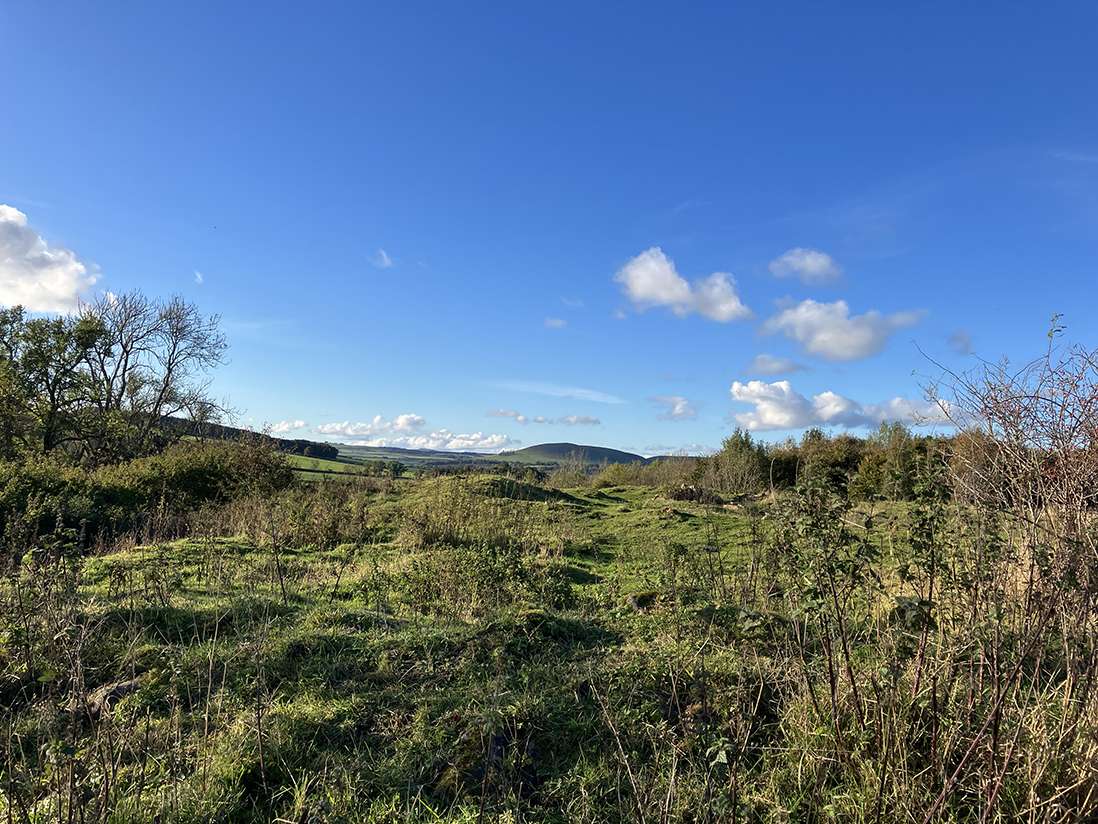New research by Scottish Mediaevalist experts is helping to build up a picture of everyday life in the rural Borders community of the Rule Valley, much of which was devastated in 1545 during the ‘Rough Wooing’ instigated by Henry VIII – to build on work already carried out by Archaeology Scotland with help from local schoolchildren and volunteers. As little is known about life in the valley pre mid-16th century, Stirling University’s Professor Richard Oram and Tom Turpie were tasked with delving into the dispersed archival records of the development and everyday life of this part of the rural Borders.
Their research has provided a greater understanding of the area’s economy, society and culture, and fills a critical gap in the interpretation of the mainly archaeological evidence already collected as part of the Twelve Towers of Rule initiative, a project managed by the Campaign for a Scottish Borders National Park (CSBNP).
Medieval Borders community
Although the archaeological remains in the valley and its uplands, from pre-Roman up to early medieval times, it reveals a long history of human settlement. However, there is scant understanding of these settlement’s chronology, patterns and hierarchies. Even the history of this district during the centuries of Anglian Northumbrian domination after c.600 AD is a blank, despite it lying so close to both the early monastic centre at Old Melrose and the minster church at Jedburgh, where an Augustinian priory was founded by Bishop John of Glasgow. As Professor Oram explains: “The valley of the Rule Water is a clearly-defined territorial block containing all of the environmental elements needed to support an agricultural population. It is likely to have formed the estate of a man of rank from as far back as the Late Antique Little Ice Age, right through the 6th century plague pandemic (and resulting decimation of the population), to the build-up of human settlement again in the 11th century, as glimpsed in the shadowy figures who emerge in a fragmentary parchment record soon after 1100.”
Said Professor Jane Bower, CSBNP chair: “This review of the Rulewater Valley’s archival records complements recent archaeological findings with help, from local schoolchildren and volunteers, that provide a vital piece of the jigsaw needed to build up a picture of this late medieval Borders community. We are very grateful to have had the Society of Antiquaries of Scotland come on board alongside the local community and so many of our other supporters.”

